The Role of Social Media in Disasters and Emergencies
In today's hyper-connected world, social media has evolved from a mere platform for sharing personal updates to a vital tool during disasters and emergencies. Imagine being in the midst of a crisis—whether it's a natural disaster like a hurricane, an earthquake, or even a public health emergency. The chaos can be overwhelming, and in such moments, having access to real-time information can be a game-changer. Social media platforms serve as lifelines, facilitating communication, information sharing, and community support when it's needed most. This article delves into the multifaceted role of social media during these critical times, highlighting its importance in immediate communication, information dissemination, community engagement, and resource mobilization.
When disaster strikes, every second counts. Social media provides an unprecedented opportunity for immediate communication, allowing individuals and organizations to share critical updates in real-time. For instance, during a flood, a simple tweet can inform thousands about rising water levels or road closures. This rapid exchange of information can be lifesaving, guiding people to safety or alerting them to dangers they may not be aware of. The immediacy of platforms like Twitter and Facebook means that news travels faster than traditional media outlets can report, creating a dynamic environment where information is constantly updated and shared.
During emergencies, it's not just about speed; it's also about accuracy. Social media acts as a powerful channel for disseminating official information from government agencies and NGOs. These organizations utilize platforms like Instagram and LinkedIn to ensure that the public receives accurate and timely updates. For example, public health departments might use social media to announce vaccination sites or safety protocols during an outbreak. This direct line of communication helps to combat misinformation and ensures that communities have the knowledge they need to respond effectively.
However, the rapid spread of information on social media comes with its own set of challenges. The potential for misinformation can hinder response efforts and create panic. This is where verification processes become essential. Social media platforms and independent organizations are increasingly focusing on fact-checking initiatives to combat the tide of false information. By employing teams of fact-checkers and using advanced algorithms, these platforms work to enhance the reliability of shared information. It's a collective responsibility—both users and platforms must remain vigilant to ensure that the information circulating is accurate.
Various organizations have stepped up to implement fact-checking initiatives aimed at combating misinformation during disasters. These initiatives often involve:
- Collaborating with journalists and experts to verify claims.
- Providing users with clear sources for information.
- Offering guidance on how to recognize credible information.
Such measures not only enhance the credibility of information shared on social media but also empower users to make informed decisions during emergencies.
Furthermore, social media platforms have developed user reporting mechanisms that allow individuals to flag false information. This feature encourages community involvement, as users can play a proactive role in ensuring the accuracy of the information being shared. By creating a more informed public, these mechanisms contribute significantly to effective emergency response.
Social media doesn't just facilitate communication; it fosters community engagement as well. During challenging times, people often turn to social media to connect with others, share experiences, and offer support. This sense of solidarity can be incredibly comforting. For example, community groups on Facebook can become hubs for sharing resources, coordinating assistance, and providing emotional support. The ability to witness others' experiences can also encourage individuals to take action, whether it's volunteering or donating to relief efforts.
Another critical role of social media during disasters is resource mobilization. From raising funds to coordinating volunteer efforts, social media serves as a powerful platform for communities to come together and support one another. Crowdfunding campaigns have become a common sight on platforms like GoFundMe, where individuals and organizations leverage their networks to raise significant amounts of money for disaster relief and recovery initiatives. This collective effort not only provides financial support but also fosters a sense of community and shared purpose.
Many individuals and organizations have successfully utilized social media for crowdfunding campaigns. This approach allows them to reach a wider audience and gather resources quickly. The transparency and immediacy of social media make it easier for donors to see the impact of their contributions, which can encourage further giving. For instance, a campaign initiated on Twitter can gain traction rapidly, leading to a surge in donations within hours.
Social media platforms also facilitate the coordination of volunteers. During emergencies, organizations can post calls for help on platforms like Instagram and Facebook, allowing volunteers to organize their efforts efficiently. This real-time coordination ensures that assistance is directed where it is needed most, whether it's delivering supplies, providing medical aid, or offering emotional support to those affected by the disaster.
Q: How can I verify information I see on social media during a disaster?
A: Always check the source of the information. Look for official accounts of government agencies or reputable news organizations. Fact-checking websites can also be helpful.
Q: What should I do if I see false information being shared?
A: Use the reporting mechanisms available on the platform to flag the content. You can also share accurate information to counteract the false claims.
Q: How can I help during a disaster through social media?
A: You can share verified information, donate to crowdfunding campaigns, or volunteer your time and skills to organizations that are coordinating relief efforts.
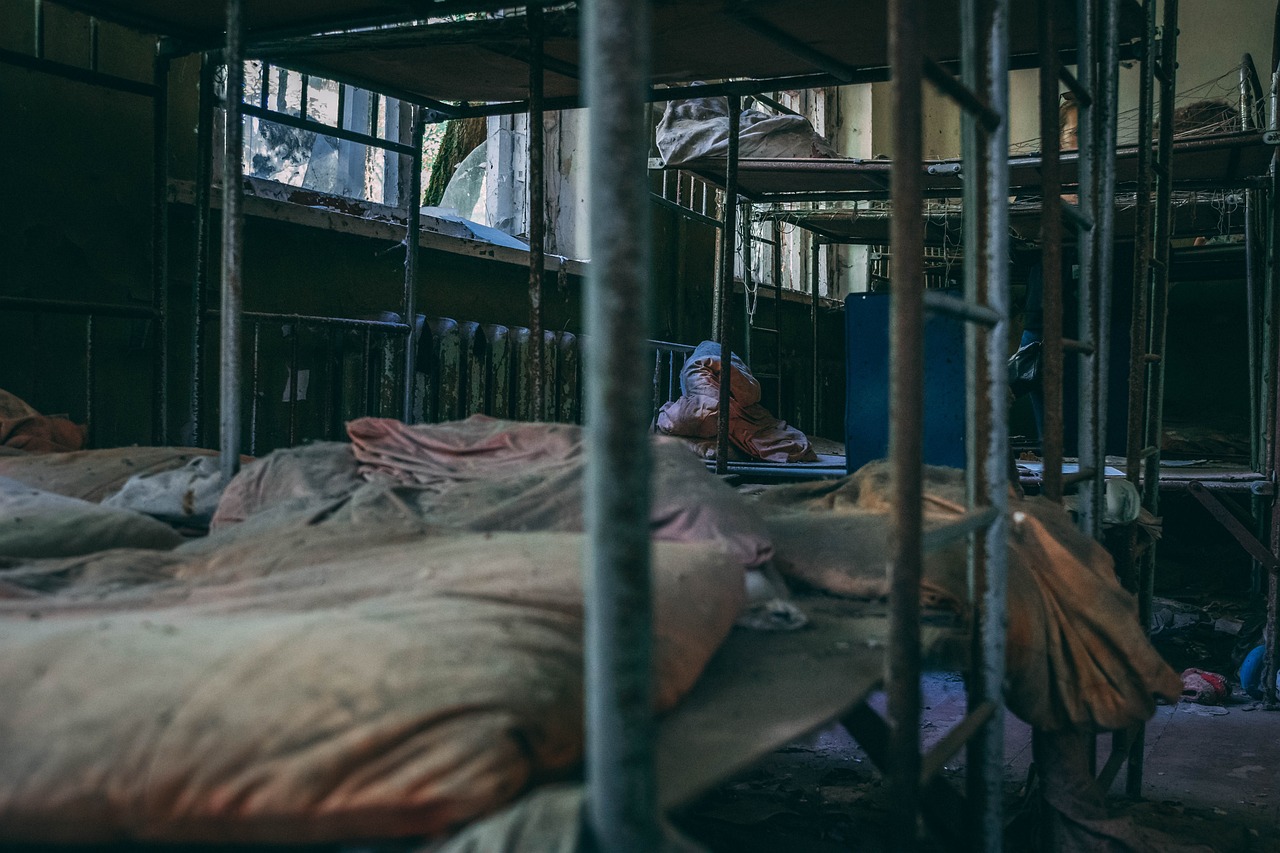
Immediate Communication
In the chaotic moments of a disaster, when every second counts, becomes a lifeline. Social media platforms, such as Twitter, Facebook, and Instagram, have revolutionized the way information is shared during emergencies. Imagine being in a situation where traditional communication channels like phone lines or television broadcasts are down. In such scenarios, social media can provide a crucial alternative for disseminating vital information. These platforms allow individuals and organizations to share real-time updates, which can be lifesaving decisions for those affected.
For instance, during natural disasters like hurricanes or earthquakes, official agencies can use social media to quickly inform the public about evacuation routes, shelter locations, and safety tips. This rapid dissemination of information not only helps in keeping people safe but also ensures that communities remain informed about the evolving situation. Social media acts as a megaphone, amplifying messages that might otherwise go unheard amidst the chaos of a disaster.
Moreover, social media's immediacy allows for a unique form of grassroots communication. Individuals on the ground can share their experiences and observations, providing real-time updates that may not be captured by traditional news outlets. This grassroots reporting can include:
- Visual updates via photos and videos
- Personal accounts of local conditions
- Requests for assistance or resources
Such firsthand accounts create a dynamic flow of information that can be critical for response teams trying to gauge the situation on the ground. The ability to communicate instantly not only helps in spreading awareness but also fosters a sense of community among those affected. When people see others sharing their experiences and offering support, it cultivates solidarity and encourages collective action.
However, this immediacy comes with its own challenges. The speed at which information spreads can sometimes lead to confusion or panic. Miscommunication, whether intentional or accidental, can exacerbate an already tense situation. That's why it's essential for users to critically evaluate the information they consume and share. In this digital age, where everyone is a potential reporter, the responsibility to verify facts before disseminating them becomes paramount.
In conclusion, social media serves as an indispensable tool for immediate communication during disasters. Its ability to facilitate real-time updates, share critical information, and foster community engagement makes it a vital resource in times of crisis. As we continue to navigate this digital landscape, the importance of harnessing social media effectively cannot be overstated. It empowers individuals and communities to stay informed, connected, and resilient when faced with emergencies.
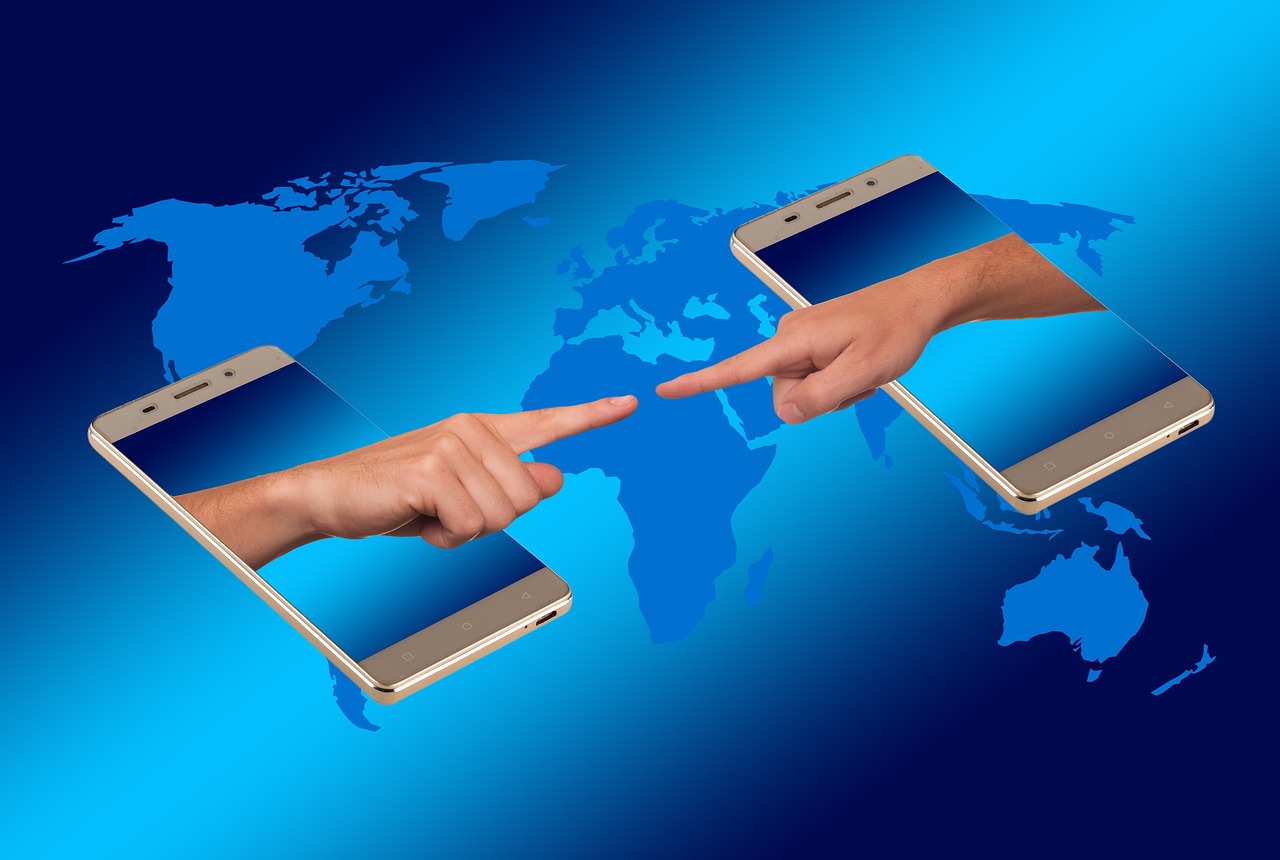
Information Dissemination
In the chaotic aftermath of disasters, the flow of information can often mean the difference between safety and danger. Social media platforms have emerged as pivotal channels for disseminating crucial updates during emergencies. The speed at which information travels on these platforms is nothing short of astonishing. Imagine a world where every second counts; social media acts as the lifeline that keeps people informed and connected. Through real-time updates, individuals can share critical information about evacuation routes, shelter locations, and safety tips, which can be lifesaving in urgent situations.
Moreover, during times of crisis, official sources such as government agencies and non-governmental organizations (NGOs) utilize social media to broadcast vital information. This ensures that the public receives accurate and timely updates. For instance, during a hurricane or wildfire, local authorities often release alerts and safety instructions via their social media channels, reaching thousands of people in mere minutes. This rapid dissemination of information helps to mitigate panic and confusion, providing clear guidance to those in affected areas.
However, the challenge lies in the overwhelming amount of information shared on social media during disasters. Not all of it is reliable, and misinformation can spread just as quickly as accurate updates. To combat this, various organizations have stepped up to verify information before it reaches the public. Fact-checking initiatives play a crucial role in ensuring that the data circulating online is trustworthy. For example, platforms like Twitter and Facebook have partnered with independent fact-checkers to scrutinize claims made during emergencies, thus enhancing the overall reliability of shared information.
As the digital landscape evolves, so does the need for robust verification processes. Social media users are often quick to share updates without confirming their authenticity, leading to a flood of unverified information. This can create confusion and hinder response efforts. In response, many platforms have developed user reporting mechanisms that allow individuals to flag false information. This community-driven approach not only empowers users but also contributes to a more informed public during emergencies.
Fact-checking initiatives are essential in maintaining the integrity of information shared during disasters. Organizations dedicated to debunking false claims work tirelessly to verify facts and provide clarity. For instance, during the COVID-19 pandemic, numerous fact-checking websites emerged to address the avalanche of misinformation regarding the virus. Similarly, during natural disasters, these initiatives help ensure that the public receives accurate information about safety protocols, resource availability, and recovery efforts.
Additionally, social media platforms have implemented user reporting mechanisms that empower individuals to take an active role in curbing misinformation. By allowing users to flag posts that they believe to be false, these platforms create a collaborative environment where the community can help maintain the quality of information. This not only fosters a sense of responsibility among users but also enhances the overall reliability of the information being shared.
In conclusion, the role of social media in information dissemination during disasters cannot be overstated. It serves as a powerful tool that connects individuals, communities, and organizations, ensuring that vital information flows swiftly and accurately. As we continue to navigate the complexities of modern communication, the importance of verifying information and engaging the community remains paramount. Social media has transformed the way we respond to emergencies, and its impact will only grow as technology advances.
- How does social media help during disasters? Social media provides real-time updates, facilitates communication, and helps in mobilizing resources during emergencies.
- What are some challenges of using social media in emergencies? The rapid spread of misinformation and the difficulty in verifying facts can pose significant challenges.
- How can I ensure the information I receive on social media is accurate? Look for updates from verified accounts, check multiple sources, and rely on fact-checking initiatives.
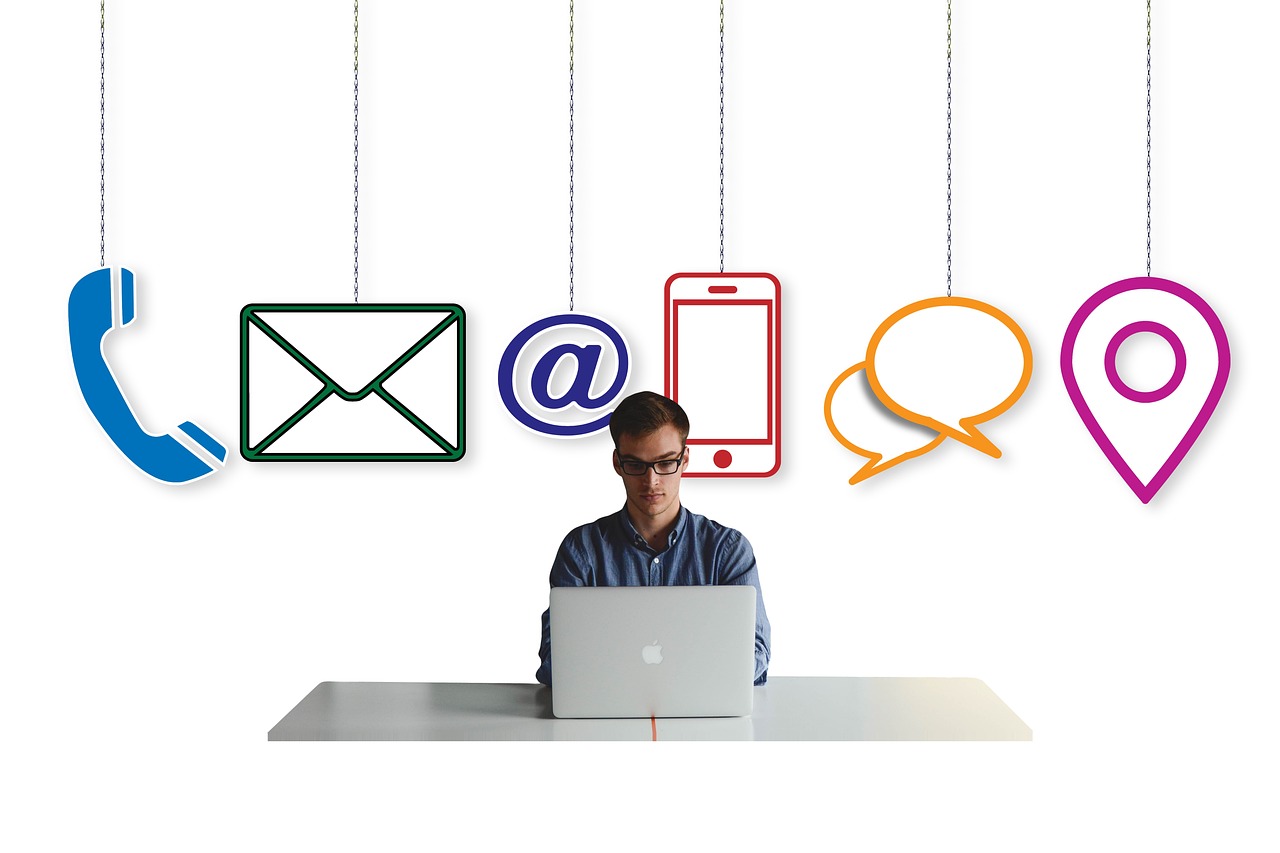
Verification of Information
In the age of digital communication, the rapid spread of information on social media can be both a blessing and a curse. While it enables quick dissemination of crucial updates during disasters, it also opens the floodgates for misinformation. Imagine a scenario where a rumor about a hazardous chemical spill circulates online; without proper verification, panic can ensue, leading to chaotic responses that may hinder rescue efforts. That's why the process of verification is not just important—it's absolutely vital.
To combat the tide of misinformation, various organizations and platforms have stepped up to implement fact-checking initiatives. These initiatives aim to scrutinize the information being shared, ensuring that what goes viral is not only accurate but also reliable. For instance, platforms like Facebook and Twitter have partnered with independent fact-checkers to review content flagged by users. This collaboration helps to create a more informed public, allowing individuals to rely on verified information rather than hearsay. Here’s a table that illustrates some of the key players in this verification landscape:
| Platform | Fact-Checking Partner | Verification Process |
|---|---|---|
| PolitiFact | Third-party reviews of flagged content | |
| FactCheck.org | Labeling tweets with additional context | |
| YouTube | International Fact-Checking Network | Linking to verified sources |
Moreover, social media platforms have developed user reporting mechanisms that empower individuals to flag false information. This feature not only allows users to take an active role in maintaining the integrity of the information shared online but also helps platforms identify and address misleading content more efficiently. When users report suspicious posts, it triggers a review process that can lead to the removal of harmful misinformation. Think of it as a community watch program for the digital age—everyone plays a part in keeping the neighborhood safe.
In conclusion, while social media can be a double-edged sword during disasters, the implementation of verification processes helps to tilt the balance in favor of accurate information. By engaging in fact-checking initiatives and utilizing user reporting mechanisms, we can create a more reliable information ecosystem. The next time you scroll through your feed during an emergency, remember that not everything you see is true. Always take a moment to verify before you share—your actions can make a difference!
- What is the importance of verifying information during a disaster?
Verification is crucial as it helps prevent the spread of misinformation that can lead to panic and hinder effective response efforts. - How can I verify information I see on social media?
Look for information from reputable sources, check fact-checking websites, and cross-reference with official announcements from agencies involved in the disaster response. - What should I do if I see false information online?
You can report it using the platform's reporting feature and inform others that the information is incorrect.
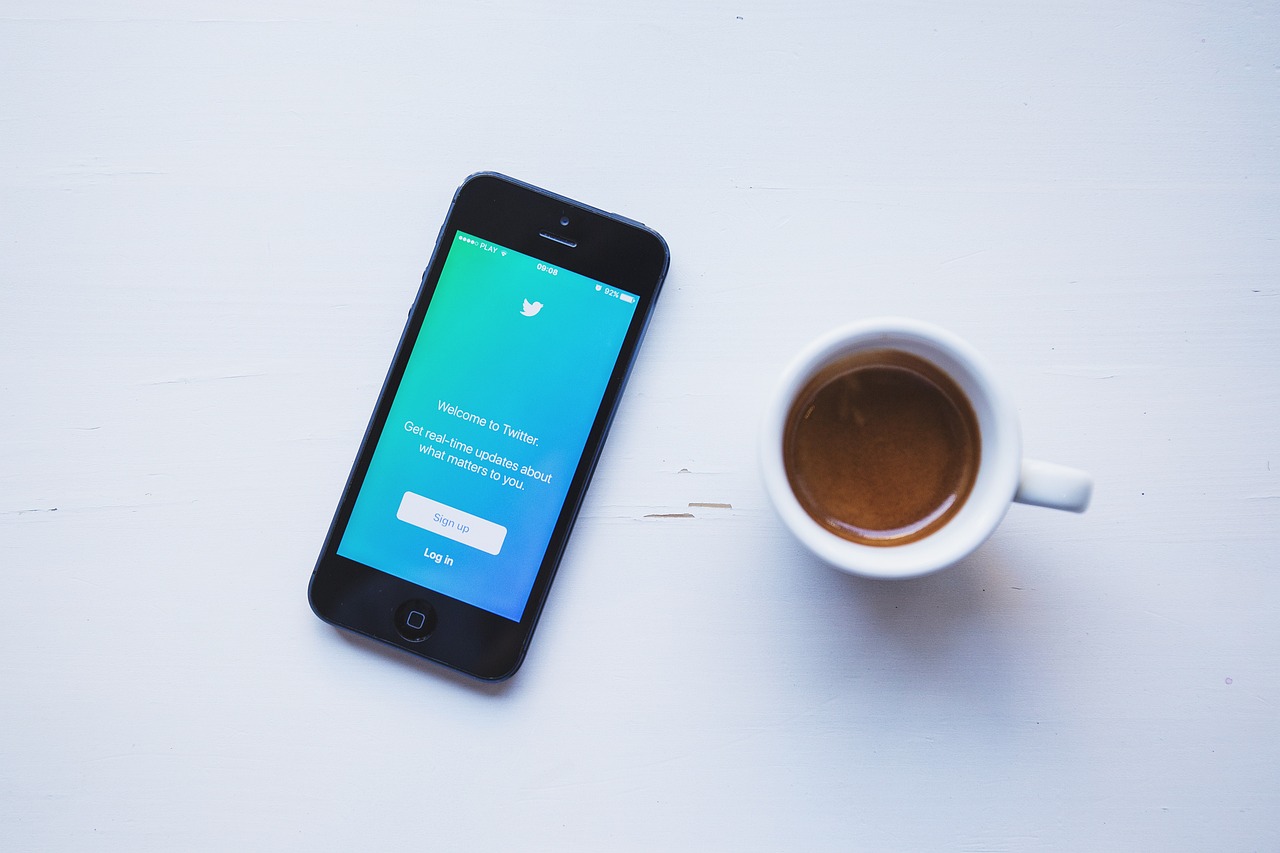
Fact-Checking Initiatives
In the chaotic environment of a disaster, where every second counts, misinformation can spread like wildfire on social media. This is where come into play, acting as a beacon of truth in a sea of uncertainty. Various organizations and platforms have recognized the critical need to verify information before it circulates widely, ensuring that individuals and communities receive accurate updates that can influence their safety and response efforts.
For instance, platforms like Facebook and Twitter have partnered with independent fact-checking organizations. These partnerships allow for a collaborative approach to identifying and addressing false information. When a post is flagged as potentially misleading, it undergoes a rigorous review process. If deemed inaccurate, the content is labeled, and users are directed to reliable sources for correct information. This not only helps to curb the spread of false narratives but also empowers users to think critically about the information they encounter.
Moreover, many fact-checking initiatives are designed to be transparent. They often publish reports detailing the number of claims they’ve assessed, the outcomes of those assessments, and the methodologies used. This transparency builds trust among users, who can see the diligence behind the verification process. For example, during major disasters like hurricanes or wildfires, fact-checkers focus on critical areas such as:
| Area of Focus | Description |
|---|---|
| Emergency Alerts | Verifying official warnings and updates from government agencies. |
| Resource Availability | Confirming the legitimacy of offers for shelter, food, and medical aid. |
| Donation Campaigns | Ensuring that fundraising efforts are legitimate and funds are directed appropriately. |
In addition to these measures, social media platforms have also developed user reporting mechanisms that allow individuals to flag false information. This crowdsourced approach enables users to actively participate in the fight against misinformation, creating a more informed public during emergencies. When users report misleading content, it triggers a review process, ensuring that harmful information is swiftly addressed.
Ultimately, the combination of professional fact-checking and community engagement through reporting mechanisms creates a robust system for managing information during crises. By prioritizing accuracy, these initiatives not only protect individuals from harmful misinformation but also enhance the overall effectiveness of disaster response efforts. In a world where the right information can save lives, these fact-checking initiatives are more important than ever.
- What are fact-checking initiatives? These are organized efforts to verify the accuracy of information, especially during crises, to prevent the spread of misinformation.
- How do social media platforms handle misinformation? They often collaborate with independent fact-checkers to review flagged content and provide users with accurate information.
- Can users report false information? Yes, most social media platforms have mechanisms that allow users to report misleading content, which can then be reviewed by fact-checkers.
- Why is fact-checking important during disasters? Accurate information is crucial for effective disaster response and can significantly impact public safety and recovery efforts.
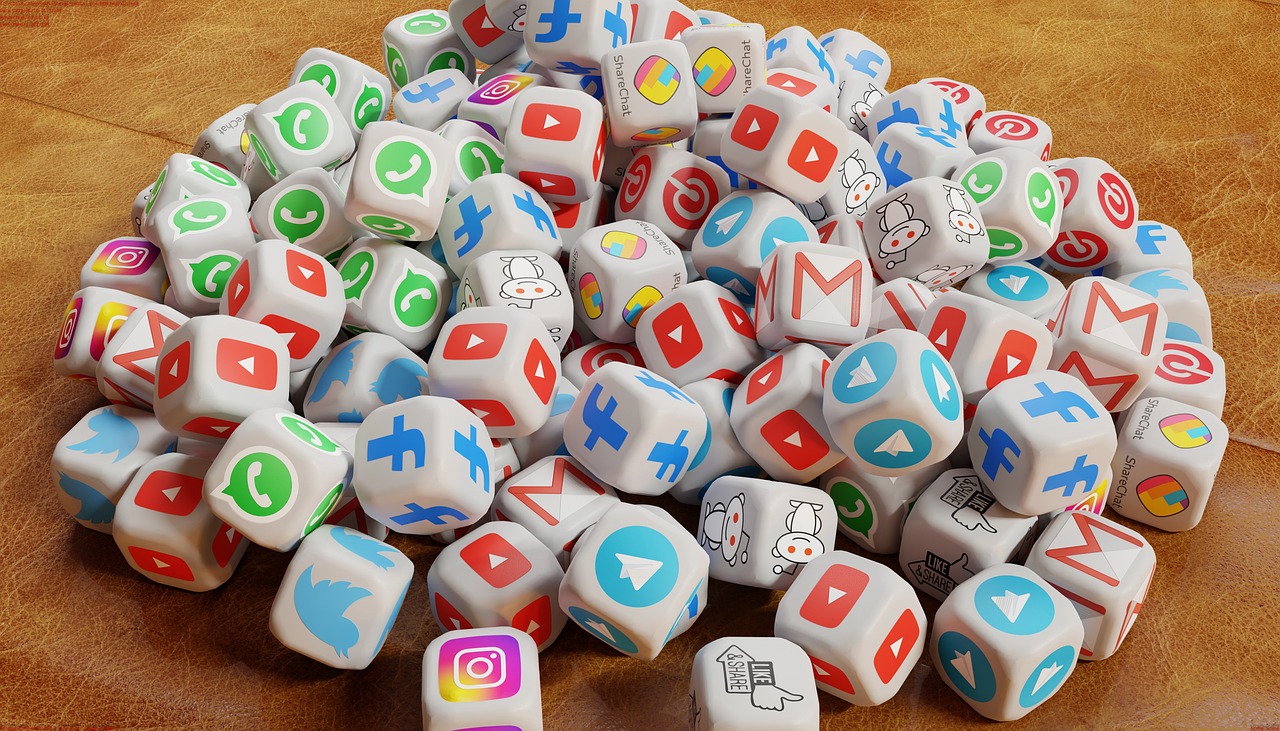
User Reporting Mechanisms
In the chaotic environment of a disaster, the need for accurate information is paramount. Social media platforms have recognized this necessity and have implemented to help combat the spread of misinformation. These mechanisms empower users to take an active role in maintaining the integrity of the information shared within their networks. Imagine being in the midst of a crisis, and you come across a post claiming that a specific area is safe when, in fact, it has been severely affected. Such misinformation can lead to dangerous situations where individuals might make ill-informed decisions.
To counter this, platforms like Twitter, Facebook, and Instagram have integrated features that allow users to report content they believe to be false or misleading. When a user flags a post, it triggers a review process where the content is examined for accuracy. This not only helps in curbing the spread of false information but also fosters a community-driven approach to information verification. It's like having a neighborhood watch, but for the digital world, where everyone looks out for each other’s safety.
The process typically involves a few simple steps: users click on the options available next to the post, select the reason for their report, and submit it. Once reported, the content may be temporarily hidden or marked for review until a determination is made. This creates an environment where trust can be established among users, as they are more likely to rely on information that has gone through a scrutiny process.
Moreover, many platforms are enhancing these reporting systems with advanced algorithms and artificial intelligence to quickly identify and flag potential misinformation before it gains traction. This proactive approach is crucial during emergencies when every second counts. By harnessing the collective vigilance of users and technology, social media becomes a more reliable source of information during crises.
In addition to reporting mechanisms, social media platforms are also developing educational resources to inform users about recognizing misinformation. For instance, they may provide tips on how to verify sources or identify common signs of fake news. This educational aspect not only empowers users but also creates a more informed community that can navigate the complexities of information sharing during disasters.
Ultimately, user reporting mechanisms are just one piece of a larger puzzle in the fight against misinformation. They serve as a vital tool that enhances the overall reliability of social media as a communication platform during emergencies. By actively engaging in this process, users contribute to a safer, more informed society, where accurate information can save lives.
- What are user reporting mechanisms?
User reporting mechanisms are features on social media platforms that allow users to flag content they believe to be false or misleading, helping to combat misinformation. - How do I report false information?
To report false information, click on the options next to the post, select the reason for your report, and submit it for review. - What happens after I report a post?
Once reported, the content is reviewed for accuracy. It may be temporarily hidden or marked while the review is conducted. - Can I trust information on social media during emergencies?
While social media can be a valuable source of information, it’s important to verify content through official sources and rely on information that has been fact-checked.
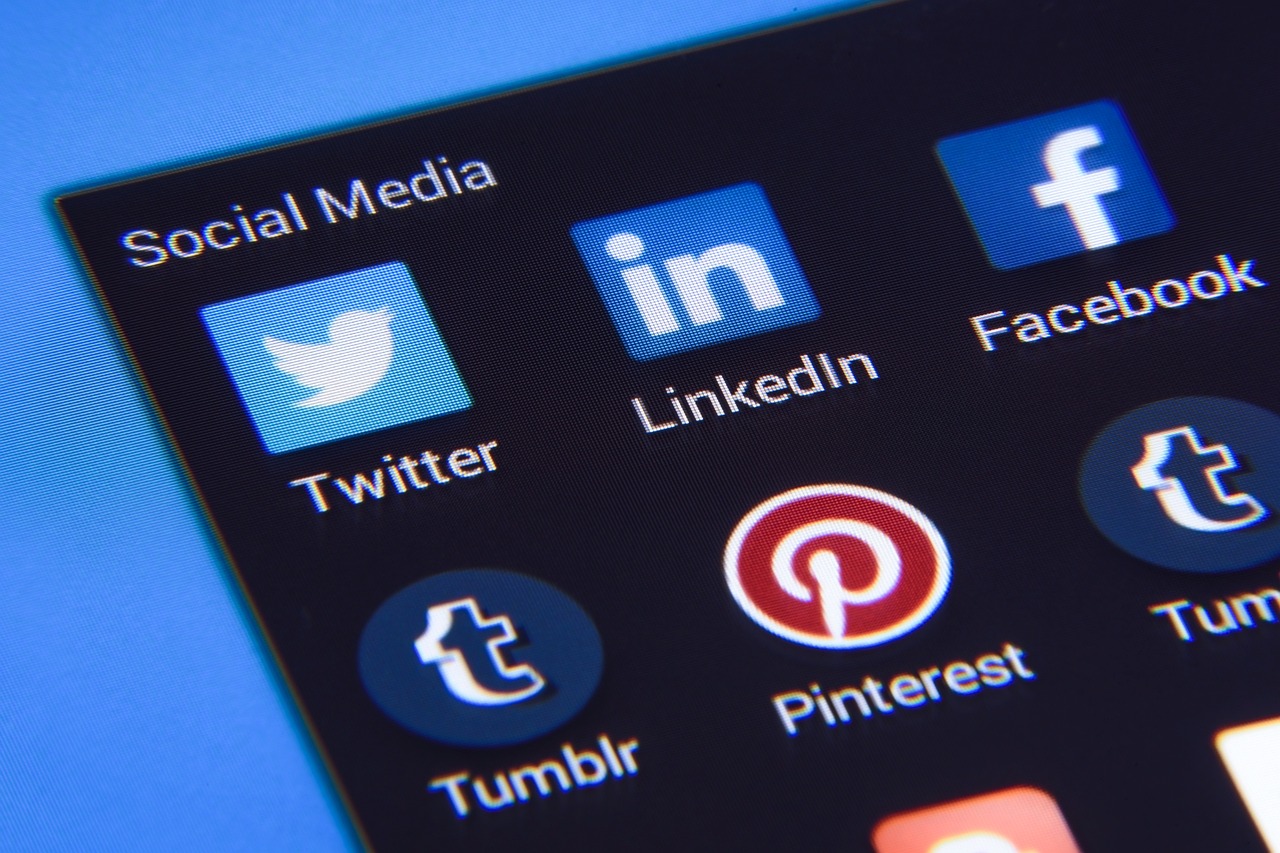
Community Engagement
In the whirlwind of a disaster, where chaos often reigns, social media emerges as a beacon of hope, fostering like never before. Imagine a platform where neighbors become allies, strangers turn into friends, and collective resilience shines through. Social media allows individuals to connect in real-time, share their experiences, and offer support, creating a vibrant tapestry of solidarity. During crises, people flock to platforms like Twitter, Facebook, and Instagram, not just to seek information, but to engage actively with those around them.
One of the most powerful aspects of social media is its ability to connect individuals who might otherwise remain isolated in their experiences. For instance, during natural disasters like hurricanes or earthquakes, local communities can quickly form virtual support groups. These groups serve as safe spaces where individuals can share their stories, provide emotional support, and exchange vital information about resources available in their area. This sense of community can be incredibly uplifting, as it reminds everyone that they are not alone in their struggles.
Moreover, social media platforms often host live discussions and forums where community members can participate in conversations about recovery efforts. Such engagement not only helps in spreading awareness but also empowers individuals to take action. For example, people can organize local clean-up drives or food drives through these channels, mobilizing resources and volunteers to support those in need. The ability to share posts, photos, and updates fosters a sense of urgency and encourages more individuals to get involved.
As communities rally together, social media also serves as a platform for sharing success stories. These narratives can be incredibly motivating, highlighting how individuals and groups have come together to overcome adversity. When someone shares a post about how their neighborhood organized a food bank or helped a family rebuild their home, it can inspire others to take similar actions. These stories create a ripple effect, demonstrating the power of community engagement and the impact it can have on recovery efforts.
In addition to emotional support and resource mobilization, social media also allows for a diverse range of voices to be heard. This is particularly important in marginalized communities, where traditional media may overlook their experiences. By sharing their stories online, individuals can raise awareness about specific challenges they face during disasters, prompting local authorities and organizations to take action. In this way, social media becomes a tool for advocacy, ensuring that everyone has a seat at the table when it comes to recovery and rebuilding efforts.
Ultimately, the role of social media in fostering community engagement during disasters cannot be overstated. It transforms the way we connect, support, and uplift one another in times of crisis. By harnessing the power of these platforms, we can create a more resilient and compassionate society, ready to face whatever challenges lie ahead. The next time you find yourself scrolling through your feed, consider how you might engage with your community in meaningful ways, turning those likes and shares into real-life connections and support.
- How does social media help during disasters? Social media provides real-time updates, facilitates communication, and fosters community engagement, enabling individuals to share resources and support one another during crises.
- Can social media spread misinformation during emergencies? Yes, the rapid spread of information can lead to misinformation, which is why verification processes and fact-checking initiatives are crucial during disasters.
- How can I get involved in my community during a disaster? You can use social media to connect with local groups, share resources, volunteer your time, or organize support initiatives.
- What are some examples of community engagement on social media? Examples include organizing food drives, sharing success stories of recovery efforts, and creating support groups for those affected by disasters.
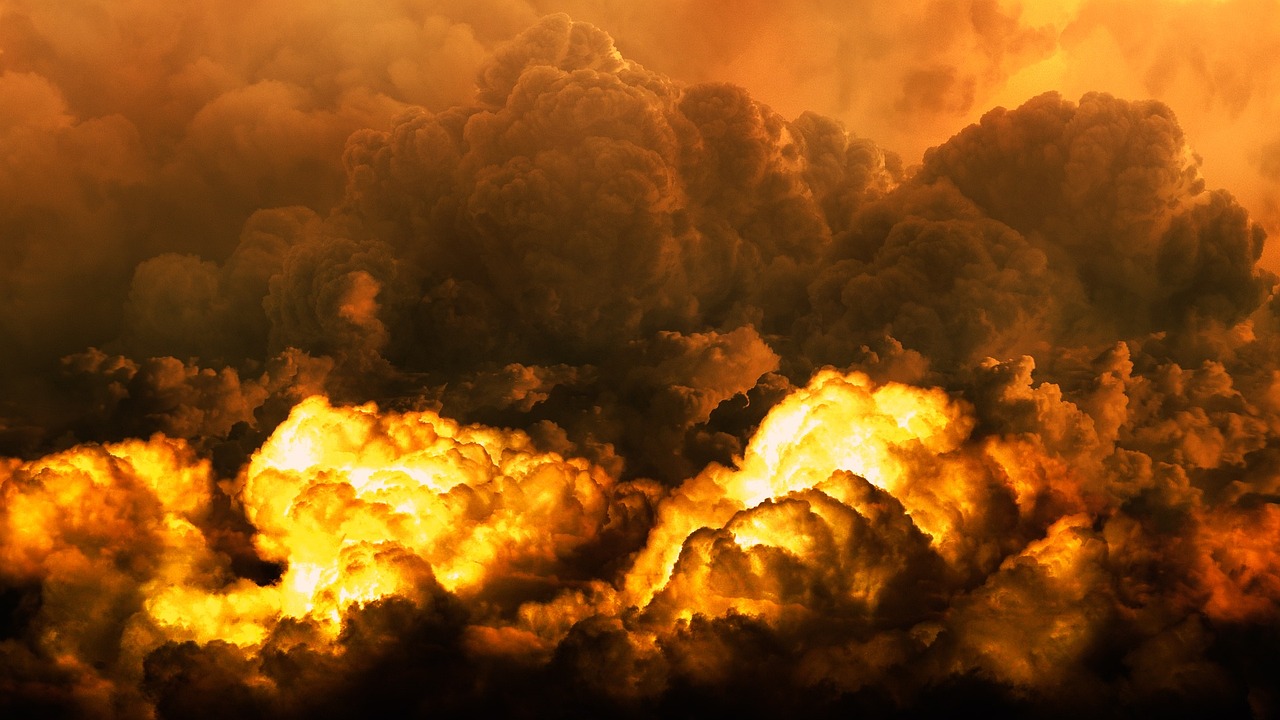
Resource Mobilization
In the wake of a disaster, the ability to mobilize resources quickly can make a world of difference. Social media has emerged as a powerful tool in this regard, enabling communities to rally together and support one another in times of need. Imagine a town struck by a natural disaster; the roads are blocked, communication lines are down, and traditional media outlets are struggling to keep up. In such scenarios, social media becomes a lifeline, connecting those affected with those willing to help.
One of the most significant ways social media facilitates resource mobilization is through the establishment of crowdfunding efforts. Individuals and organizations can create campaigns on various platforms to raise funds for disaster relief. For instance, after a hurricane devastates a community, a local resident might start a crowdfunding campaign on Facebook or GoFundMe, sharing their story and the urgent needs of their community. This personal touch can resonate with potential donors, encouraging them to contribute. The speed and reach of social media can lead to remarkable fundraising successes, often raising thousands or even millions of dollars in a matter of days.
Moreover, social media platforms also play a crucial role in volunteer coordination. When a disaster strikes, many people are eager to help but may not know how or where to assist. Social media serves as a hub for organizing volunteer efforts, allowing individuals to connect with local organizations that need help. For example, a community group might post on Twitter or Instagram, detailing specific needs such as food distribution, shelter management, or cleanup efforts. This not only streamlines the volunteer process but also fosters a sense of community engagement and solidarity.
To illustrate the impact of social media on resource mobilization, consider the following table that highlights some key platforms and their features:
| Platform | Features | Impact on Resource Mobilization |
|---|---|---|
| Crowdfunding, Event Creation, Community Groups | Facilitates large-scale fundraising and volunteer organization | |
| Real-Time Updates, Hashtags, Community Engagement | Quickly spreads information about needs and resources | |
| Visual Storytelling, Fundraising Tools | Engages younger audiences through compelling visuals | |
| GoFundMe | Personal Campaigns, Fundraising Goals | Directly connects donors with specific needs |
As we can see, each platform offers unique features that enhance the ability to mobilize resources effectively. However, while social media is a powerful tool, it is essential to approach it with caution. The rapid spread of information can lead to misinformation, which can hinder relief efforts. Therefore, it is crucial for organizations and individuals to verify the information they share and rely on trusted sources.
In conclusion, social media is not just a platform for sharing updates; it is a vital resource for mobilizing help during disasters. By leveraging its capabilities for crowdfunding and volunteer coordination, communities can come together more effectively, ensuring that those in need receive the support they require. As we continue to navigate the complexities of modern communication, the role of social media in disaster response will only become more pronounced, shaping how we respond to emergencies in the future.
- How can I start a crowdfunding campaign for disaster relief? You can set up a campaign on platforms like GoFundMe or Facebook by sharing your story and specifying the needs of your community.
- What should I consider before volunteering during a disaster? Ensure that you are physically able to help, check for any training requirements, and stay updated on the needs of the organization you're supporting.
- How can I verify information shared on social media during emergencies? Look for updates from official sources, such as government agencies or reputable news outlets, and cross-check information before sharing.
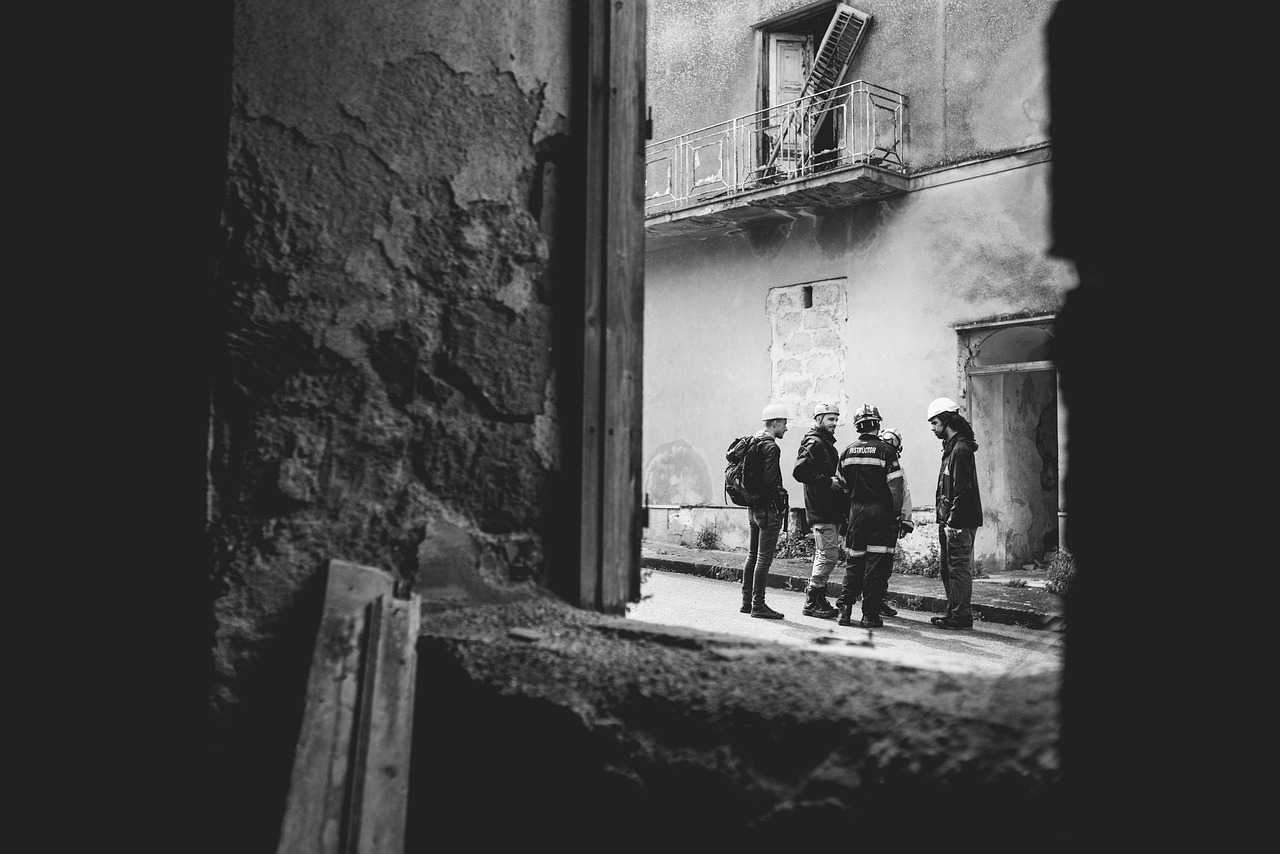
Crowdfunding Efforts
Crowdfunding has emerged as a revolutionary way to mobilize financial resources during times of crisis, especially in the wake of disasters. When traditional funding sources fall short, social media platforms step in to fill the gap, allowing individuals and organizations to raise funds quickly and efficiently. Imagine a community struck by a devastating hurricane; the local government might be overwhelmed, and traditional aid channels could be slow to respond. This is where social media-powered crowdfunding becomes a lifeline. It allows people to share their stories, needs, and appeals for help with a global audience, transforming personal tragedies into collective action.
Platforms like GoFundMe, Kickstarter, and Indiegogo have become household names, especially during emergencies. Through simple posts, individuals can share their campaigns, detailing how donations will be used—whether for rebuilding homes, providing medical assistance, or supporting local businesses. The beauty of social media lies in its ability to amplify these messages. A single post can reach thousands, even millions, of potential donors. This is not just about raising money; it’s about creating a community of support where people feel compelled to help one another.
Moreover, the transparency offered by crowdfunding platforms fosters trust among donors. When contributors see the direct impact of their donations, they are more likely to give. For instance, a campaign that shows how funds are being utilized—such as photos of rebuilding efforts or testimonials from those affected—can significantly enhance donor engagement. This transparency can be further enhanced by utilizing social media updates that keep supporters informed about the progress of the fundraising efforts.
In addition to monetary contributions, crowdfunding efforts often lead to a surge in volunteerism. When people see a campaign gaining traction, they may feel inspired to contribute their time and skills instead of just money. This dual approach—financial and volunteer support—creates a robust network of assistance that can significantly aid recovery efforts. It's like a ripple effect; one act of kindness can inspire others to join in, creating a wave of support that can transform a community's recovery.
To illustrate the impact of crowdfunding during emergencies, consider the following table that showcases some successful campaigns:
| Campaign Name | Amount Raised | Purpose | Platform |
|---|---|---|---|
| Hurricane Relief Fund | $2,500,000 | Rebuilding homes in Texas | GoFundMe |
| Wildfire Recovery | $1,000,000 | Supporting affected families | Kickstarter |
| Earthquake Relief Fund | $3,000,000 | Medical assistance and shelter | Indiegogo |
As we can see, the power of crowdfunding during disasters is not just about the funds raised, but also about the community spirit it fosters. It brings people together, encouraging them to share resources, skills, and support. In times of need, crowdfunding stands out as a beacon of hope, illuminating the path to recovery through collective action and generosity.
- What is crowdfunding? Crowdfunding is a method of raising money from a large number of people, typically via the internet, to fund a project or cause.
- How can social media aid crowdfunding efforts? Social media platforms allow for quick sharing and promotion of fundraising campaigns, reaching a wider audience and increasing the chances of donations.
- Are there risks associated with crowdfunding? Yes, there can be risks such as fraudulent campaigns or mismanagement of funds. It's essential to research campaigns and use reputable platforms.
- How can I support crowdfunding efforts? You can support by donating to a campaign, sharing it on your social media, or volunteering your time and skills to help those in need.
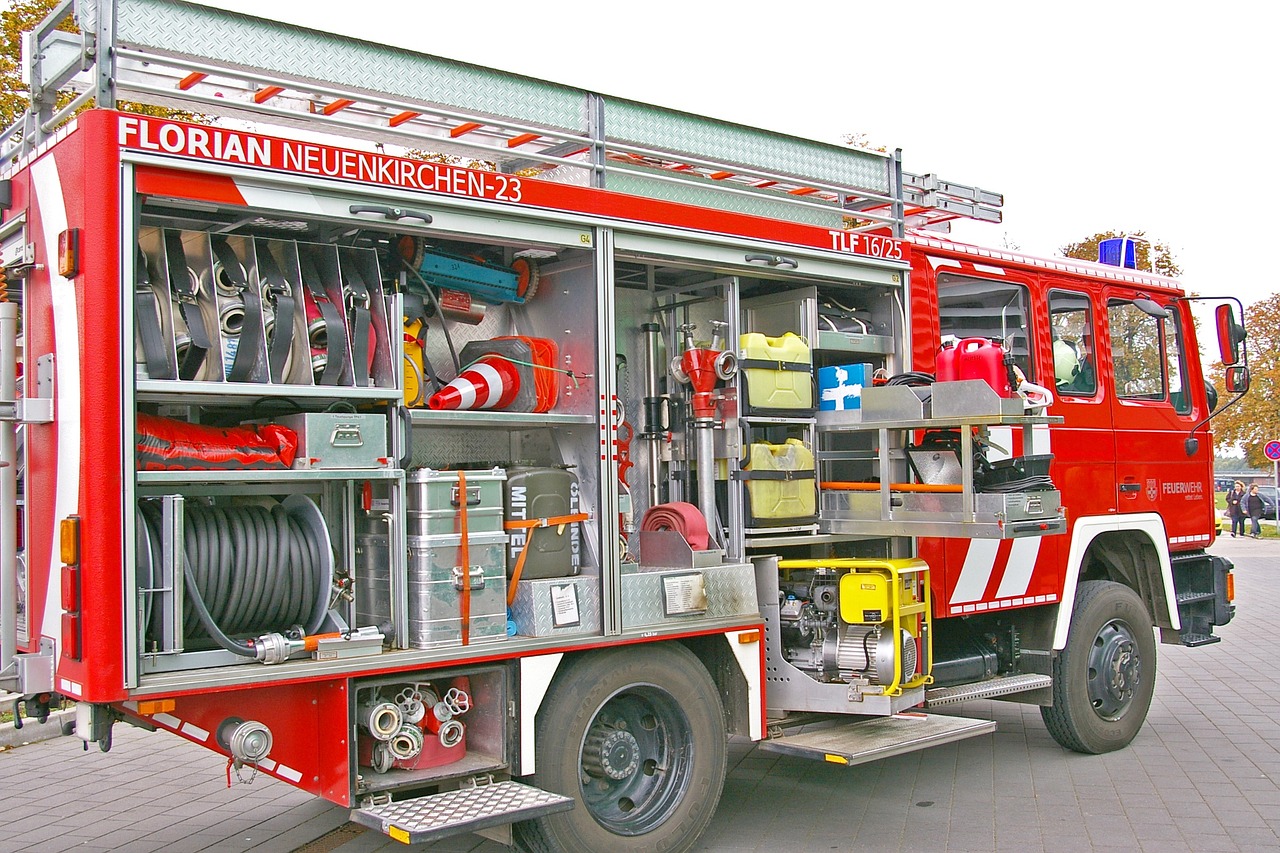
Volunteer Coordination
In times of crisis, becomes a pivotal aspect of disaster response, and social media serves as an indispensable tool in this regard. Imagine a community struck by a natural disaster; the urgency of the situation demands that help arrives swiftly and efficiently. Social media platforms like Facebook, Twitter, and Instagram become the virtual meeting grounds where volunteers can gather, share their skills, and offer their time to assist those in need. These platforms allow for real-time communication, enabling individuals to organize efforts, share resources, and coordinate logistics seamlessly.
One of the standout features of social media in volunteer coordination is the ability to create dedicated groups or events. For instance, a local community can establish a Facebook group specifically for organizing relief efforts. In this space, volunteers can post their availability, share their expertise, and even discuss the supplies needed for effective response. This not only streamlines the coordination process but also fosters a sense of community among volunteers, who often share a common goal: to make a positive impact during challenging times.
Moreover, social media allows for the rapid dissemination of information regarding volunteer opportunities. When an organization needs hands on deck, they can easily post a call for volunteers on their social media channels, reaching a vast audience in mere minutes. This immediate outreach is crucial, as it can significantly reduce the time it takes to mobilize support. For example, a tweet or post stating, “We need volunteers for cleanup efforts this Saturday at 10 AM!” can lead to a quick influx of willing participants ready to roll up their sleeves.
However, the power of social media in volunteer coordination goes beyond just finding people to help. It also plays a vital role in ensuring that volunteers are adequately trained and informed about their roles. Many organizations utilize live streams, webinars, or instructional videos shared on social media to prepare volunteers for their tasks. This way, volunteers can feel more confident and effective in their contributions, knowing exactly what is expected of them. In essence, social media transforms the chaotic nature of disaster response into a more organized and efficient operation.
In addition, social media platforms often feature tools that allow for the tracking of volunteer hours and contributions. This not only helps organizations manage their resources better but also provides volunteers with a sense of accomplishment and recognition for their efforts. For instance, platforms like LinkedIn can be used to highlight volunteer experiences, allowing individuals to showcase their commitment to community service in their professional profiles.
In conclusion, the role of social media in volunteer coordination during disasters cannot be overstated. It creates a dynamic space for individuals to connect, collaborate, and contribute to recovery efforts, making a tangible difference in the lives of those affected. As communities continue to face various challenges, leveraging social media for volunteer coordination will undoubtedly remain a key strategy in fostering resilience and support.
- How can I find volunteer opportunities during a disaster?
You can check social media platforms, local community groups, and official organization pages for announcements and calls for volunteers.
- What skills are most needed for volunteers during emergencies?
Skills can vary depending on the situation, but common needs include medical assistance, logistics coordination, and emotional support.
- How can social media help in verifying volunteer efforts?
Social media allows organizations to share updates and track volunteer contributions, helping to ensure transparency and accountability.
Frequently Asked Questions
- How does social media help during disasters?
Social media acts as a lifeline during disasters by providing real-time updates and facilitating communication among individuals and organizations. It allows for quick sharing of critical information, which can be lifesaving in urgent situations.
- What role do government agencies play on social media during emergencies?
Government agencies utilize social media to disseminate official information and updates during emergencies. This ensures that the public receives accurate and timely information, helping them make informed decisions in crisis situations.
- How can I verify information I see on social media during a disaster?
It's essential to cross-check information from multiple reliable sources. Many social media platforms have implemented fact-checking initiatives, and you can also look for updates from official government accounts or trusted news outlets.
- What are fact-checking initiatives?
Fact-checking initiatives are programs established by various organizations and platforms to verify the accuracy of information shared on social media. These initiatives help combat misinformation during disasters, ensuring that the public is well-informed.
- How can I report false information on social media?
Most social media platforms have user reporting mechanisms that allow individuals to flag false or misleading information. By reporting such content, you contribute to a more informed public during emergencies.
- In what ways does social media foster community engagement during crises?
Social media enables individuals to connect, share experiences, and offer support. This creates a sense of community and solidarity during challenging times, allowing people to come together and help one another.
- How does social media assist in resource mobilization after disasters?
Social media is a powerful tool for mobilizing resources such as donations and volunteer efforts. Many organizations and individuals use these platforms to launch crowdfunding campaigns, raising significant funds for disaster relief and recovery initiatives.
- How can volunteers coordinate their efforts using social media?
Social media platforms provide a space for volunteers to organize their efforts, communicate, and coordinate assistance. This helps ensure that support is directed where it's needed most during emergencies.



















